Class of Protection in Electrical Appliances
Class of Protection in Electrical Appliances
electric resistance
All electrical appliances using mains voltage have to provide at least 2 levels of protection to the user. This is to ensure that if one of the protection layers were to fail, there is the back-up of the second layer still in place. This makes electrical equipment very safe to use. Appliances can be Class 1 or Class 2.
When PAT testing, it is important to first identify the Class of the appliance as Class 1 appliances are tested differently from Class 2 appliances.
Depending on how exactly the protection is provided, electrical appliance are put into 5 Classes of equipment construction which are Class 1, 2, 3, 0, 01. Of these the most important are Class 1 & 2. For completeness all the Classes are described below.
CLASS 1
Here the protection is provided by a combination of insulation and use of the mains Earth. It is best shown by referring to an electric fire that has been taken apart.
In the open plug the three wires connecting to the LIVE, NEUTRAL and EARTH pins. Inside the fire, the brown LIVE wire and the blue NEUTRAL wire connect to a plastic connector. The green/yellow Earth wire connects to the metal case of the fire.
The user is protected from electric shock by the plastic insulation of the connector. This holds the LIVE and NEUTRAL wires in place and prevents them from touching the metal case of this electric fire. This plastic insulation of the connector is known as basic insulation.
If this basic insulation were to fail, say due to excessive movement of the cable where it touches the metal case then the user of the fire can receive an electric shock if not for the fact that the EARTH wire is present.
By connecting to the metal case of the electric fire, the EARTH wire keeps all this metal at EARTH potential. What this means is that it is impossible to get an electric shock even when the metal case of the fire is connected directly to the LIVE voltage. In practice a fuse would blow either in the plug or the main fuse box to protect the user.
In summary, in Class 1 appliances the user is protected by a combination of basic insulation and the provision of an EARTH connection, thus providing two levels of protection.
When PAT Testing Class 1 appliances, the Earth Continuity and Insulation Resistance tests are carried out.
CLASS 2
In a Class 2 appliance, the user is protected by at least two layers of insulation. For this reason, Class 2 appliances are also known as Double Insulated. They do not require an Earth connection.
This is best shown by looking inside a Class 2 electric drill which has been opened up. Inside one can see that as well as the plastic connector providing basic insulation, there is additional insulation provided by the plastic enclosure of the drill.
The user is therefore protected by two separate layers of insulation. When PAT testing Class 2 appliances, just the Insulation Resistance test is carried out.
Class 2 appliances are always indicated by the double box symbol on the rating plate.
CLASS 3
Equipment built to Class 3 standard are designed to be supplied from a special safety isolating transformer whose output is known as Safety Extra-Low Voltage or SELV. This must not exceed 50 V AC and is normally is below 24V or 12V. All Class 3 appliances are marked by a special symbol. There is no use of an Earth in Class III appliance
The electrical safety of Class 3 appliances are taken care of in the safety isolating transformer design where the separation between the windings is equivalent to double insulation. The transformer is marked as being suitable for use with Class III appliances.
CLASS 0 & 01
This type of equipment is not for normal use in business or residential environments. It is just presented here for completeness.
Class 0 appliances depend only on basic insulation for protection from electric shock. For this reason, they do not have 2 levels of protection built in and are not allowed for sale. The brass lamp shown here is an example of a two wire, metal cased appliance with only basic insulation. There is no provision for connection of an earth to the bulb holder.
In Class 01 appliances, there is provision for an Earth connection, but it is wired with either twin core cable or only has a 2-pin plug, so an Earth cannot be connected. AS in Class 0 equipment, one is dependent only on basic insulation for protection from electric shock. As they only have 1 level of protection, Class 01 appliances are not allowed for sale.
If during PAT testing one comes across a Class 0 or Class 01 appliance these can be failed.
IDENTIFYING CLASS I & CLASS II APPLIANCE
As the PAT testing carried on Class 1 and Class 2 appliances differ, it is important to identify one from the other. There is no other area of PAT testing that causes more confusion than this and there are many myths surrounding this. It will be informative to list some of these.
If there is a fuse in the plug, then it must be Class 1.
It is made of metal so it must be Class 1
The case is plastic so it must be Class 2
It has a three core cable so it must be Class 1
The plug has a metal Earth pin so it must be Class 1
None of the above statements is a fool-proof way to identify Class I and Class II appliances and some are quite misleading.
The easiest rule to apply is the one below.
If the rating plate has a double box then the appliance is Class 2. If it does not then it is Class 1.
Example – Kettle
The rating plate on this kettle clearly has no “double-box” symbol, so using our rule, it must be Class 1. The Earth connection from the plug is terminated on the outside metal casing of the heating element. When PAT testing this kettle the Earth Continuity and Insulation Resistance test has to be carried out.
Example – Plug-top power supply
The rating plate on this Plug-top transformer clearly shows the “double box” symbol, so this is a Class 2 appliance. Note that it has a plastic Earth pin, as this is not required for Class II. (Not all Class 2 appliances have a plastic earth pin). Just the Insulation Resistance test has to be carried out during PAT testing.
Example – Mains extension
The rating plate on this extension is moulded in the plastic. It clearly does not have a “double-box” symbol, so it must be a Class 1. When PAT testing this extension lead the Earth Continuity and Insulation Resistance test has to be carried out.
Example – Table lamp
The rating plate on this table lamp clearly shows the “double-box” so it is a Class 2 appliance. (Note that this is a Class 2 appliance that is largely in a metal enclosure). The bulb holder is made of plastic and provides the required double insulation. Just the Insulation Resistance test has to be carried out during PAT testing.
Example – Desk fan
The rating plate for this fan not only does not have a “double-box” symbol, it also says that the appliance must be earthed. So this is clearly a Class 1 appliance. Note that it does not have any user accessible metal.
Example – Metal Lamp
If this metal lamp had a rating plate, then it would be a Class 1 appliance as it has an earth point on the lamp holder. However, as the rating plate is missing, this would have to be failed.
Are Class 1 and Class 2 appliances just as safe?
As both have 2 levels of protection built in, they are both safe for general use.
However with Class 1 an appliance, one of the layers of safety is provided by the earth connection. For this to be effective, the wiring in the building has to be inspected regularly to check that the Earth in the mains socket is correctly taken to the local earth potential. This is usually picked off the Earth sheathing of the mains cable coming into the premises, or by driving a local stake into the ground. So Class 1 appliances depend on the external wiring in the building to fully provide the 2 levels of protection.
Class 2 appliances however always provide 2 levels of protection irrespective of the status of the wiring installation. Both layers of protection are built into the design making Class 2 appliances are a lot safer than Class 1 appliances.



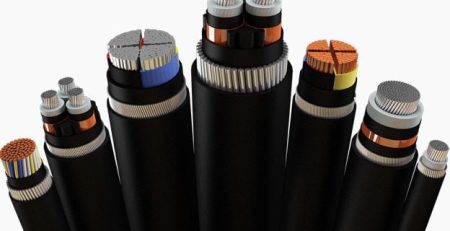

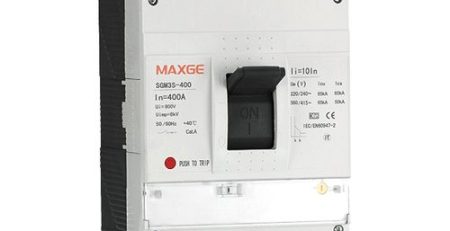
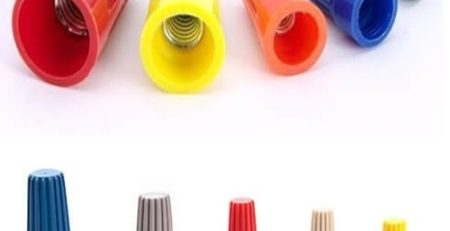


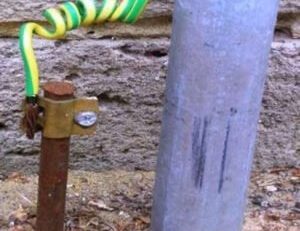
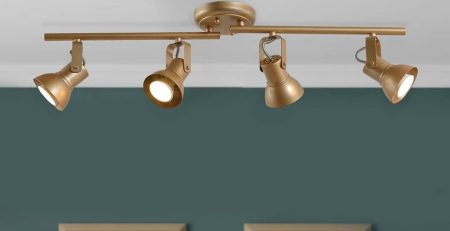


Leave a Reply
You must be logged in to post a comment.